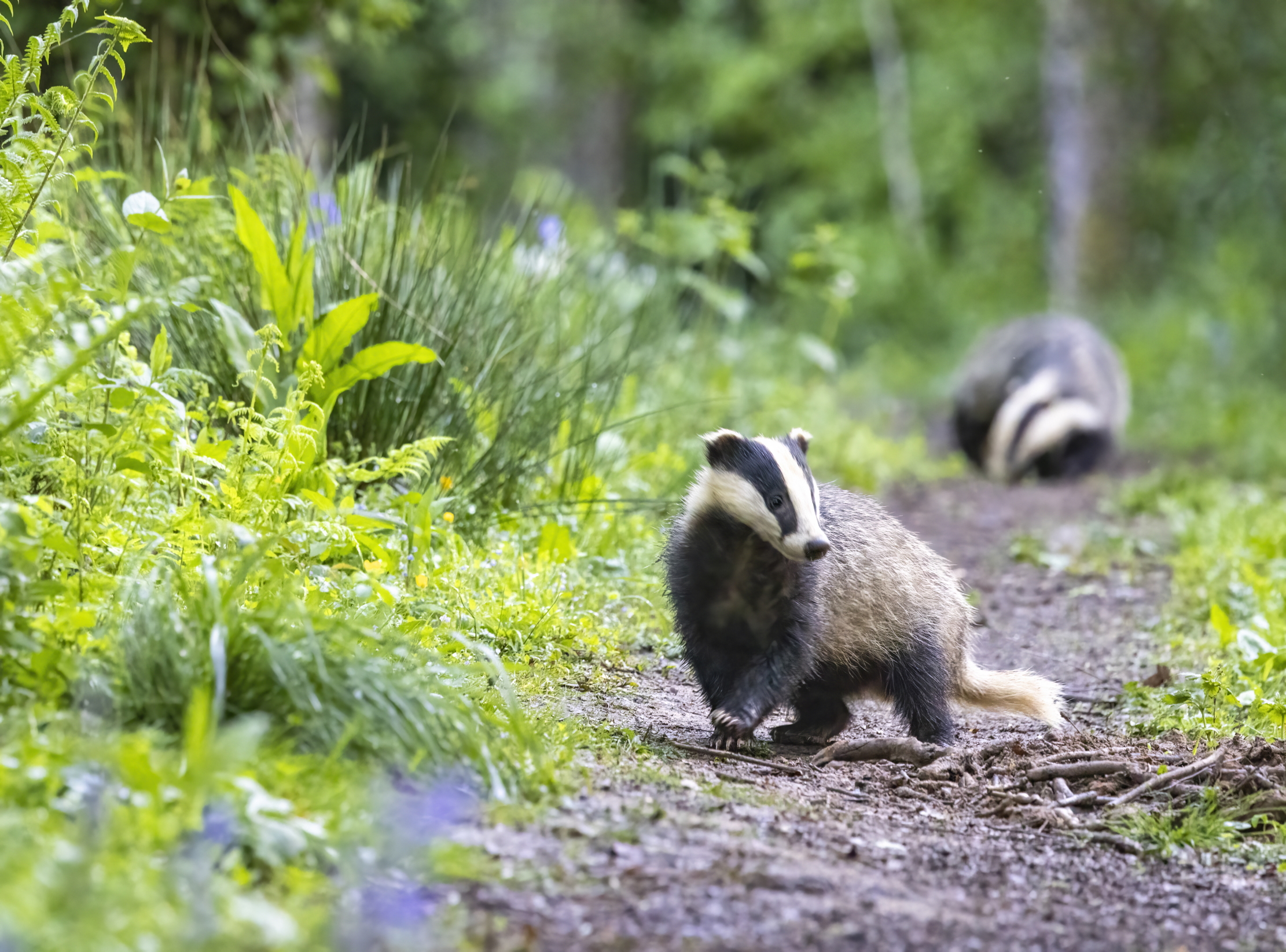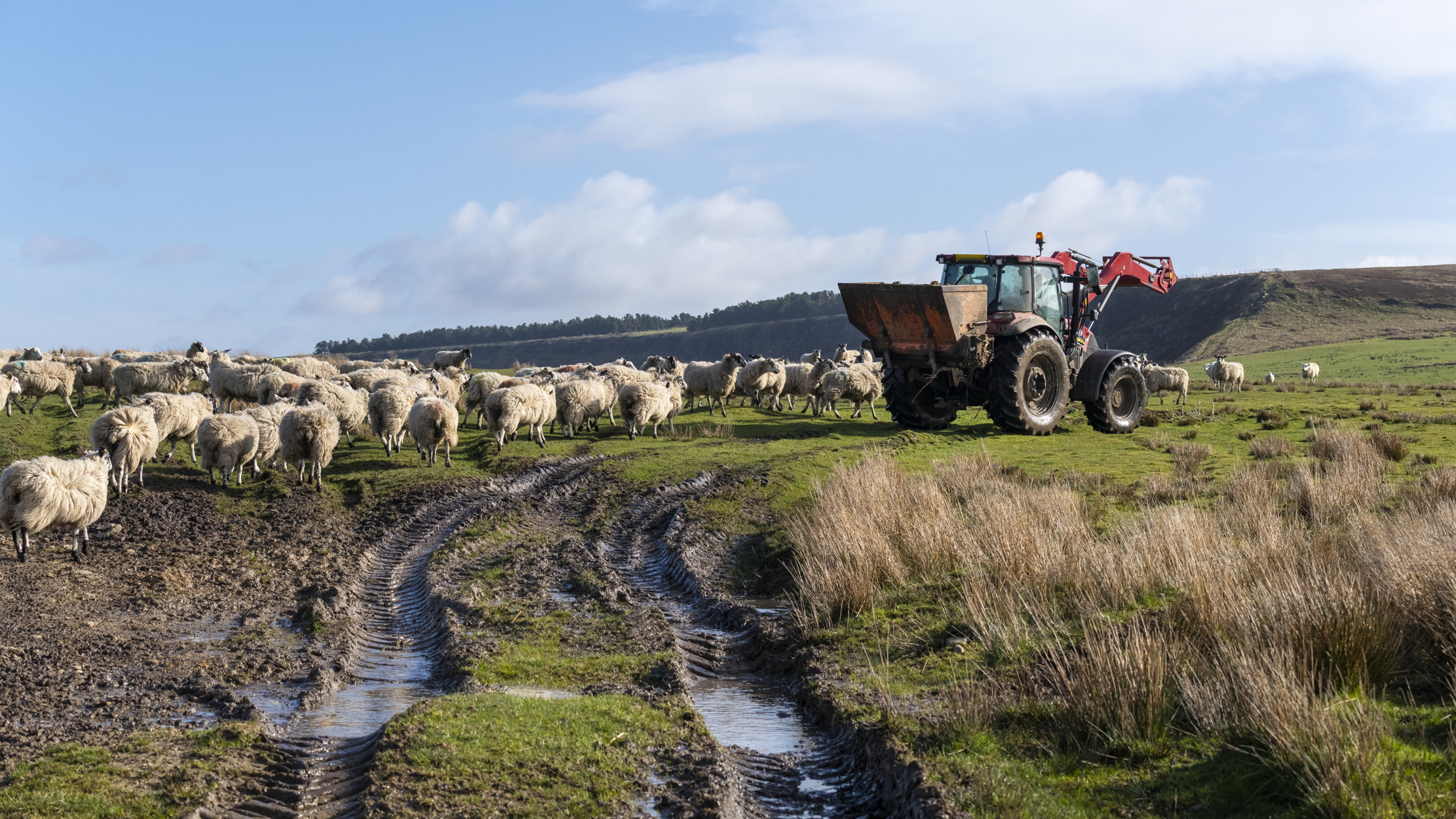New gene-drive technology could be the magic bullet to save our red squirrels, say scientists
Scientists at the Roslin Institute at Edinburgh believe that they can reduce non-native species proliferating without culling, and are asking the Government for support.


Time is running out for the red squirrel, as its alien grey counterpart spreads squirrel pox into its last refuges in the mainland UK in Galloway and northern Scotland. Soon, the only reds left will be on islands.
Other non-native species are simultaneously damaging the ecosystem: muntjac are destroying undergrowth that is needed by nightingales and other ground-nesting birds, parakeets are out-competing native avian species and mink and American signal crayfish are causing biodiversity loss in aquatic environments. Certain insects are becoming a problem, with the birch-bark beetle ruining spruce trees and Asian hornets threatening bees.
Help is in sight, however, thanks to a scientific breakthrough at the Roslin Institute on Edinburgh University’s veterinary Easter Bush campus, where Dolly, the first cloned sheep, was born in 1996. Scientists there are developing gene-drive technology in mammals, building on work done elsewhere to combat malaria by developing infertility in mosquitoes. Gene editing of mice has been carried out successfully and there is confidence that it will work on all animals.
Gene-drive technology involves cutting into the genome in reproductive cells and altering them with special enzymes to create Directed Inheritance of Gender Bias (DIGB). This allows the breeding of animals whose offspring are guaranteed to be a certain sex, thus enabling infertility in one sex through a population.
Project leader Bruce Whitelaw, the director of the Roslin Institute, is keen to move the research on from mice to grey squirrels as soon as funding and licensing will allow. There is a tangible national desire to save the native red squirrel and an economic benefit to controlling greys, which are estimated to cause £60 million worth of damage to trees in England every year.

Efforts to cull them have been hampered by a lack of public support; this technology offers a humane solution that doesn’t involve killing. The science raises practical and ethical questions, but Prof Whitelaw emphasises that DIGB is safe, will not jump species barriers and can be limited to, for example, two generations. This means that it could be used to help tackle TB in badgers and suppress urban fox populations or deer.
The work will initially be done by breeding genetically engineered squirrels for release through embryo transfer under laboratory conditions. This is similar to techniques used at Roslin that are widely employed in the livestock industry, where sexed semen has been available for some time already. The goal is to develop a kind of ‘genetic immune contraceptive’.
Exquisite houses, the beauty of Nature, and how to get the most from your life, straight to your inbox.
Methods more akin to ‘genetic vaccines’ would allow gamekeepers and rangers to hasten the spread of DIGB by injecting trapped squirrels. The technology could be used to rid the country of a wide range of invasive species or to protect bird colonies on islands from introduced predating native species, such as stoats, hedgehogs and rats.
Nothing can happen without licensing and funding, however. The Roslin Institute needs to raise £10 million over 10 years to carry out the research to get the gene drive to the point where it can be used in the field. The previous Government verbally pledged support, but nothing was formalised and lobbying of the new Defra Secretary, Steve Reed, has had to start afresh. In the meantime, the Red Squirrel Survival Trust is working on a contraceptive feed for grey squirrels that will disrupt their breeding.

Rare guitars played by Prince and Noel Gallagher lead Sotheby's Popular Culture Auction
From August 29, you can bid on rare guitars, a Steinway piano from Abbey Road, art by John Lennon and

Credit: R A Kearton via Getty Images
The Legacy: Godfred Baseley, the man who invented The Archers
We take a brief look at the life and inspiration of the man behind the world's longest running radio serial.

Credit: Getty Images/iStockphoto
Thatch under threat? Poor harvests, labour shortages and war are causing the industry to struggle
A new report from Historic England suggests that, despite high demand for the work, the profession is struggling.

A single peat moor stores the carbon of 1,000,000 cars — and this 'climate-action trump card' needs urgent protection
Recent research has discovered that one moor in Yorkshire stores as much carbon as one million cars would release in
